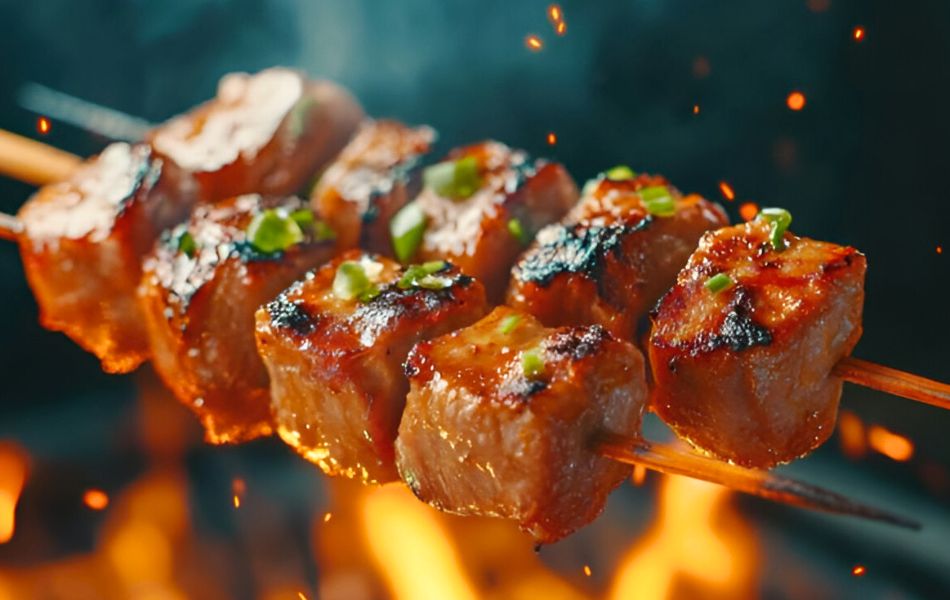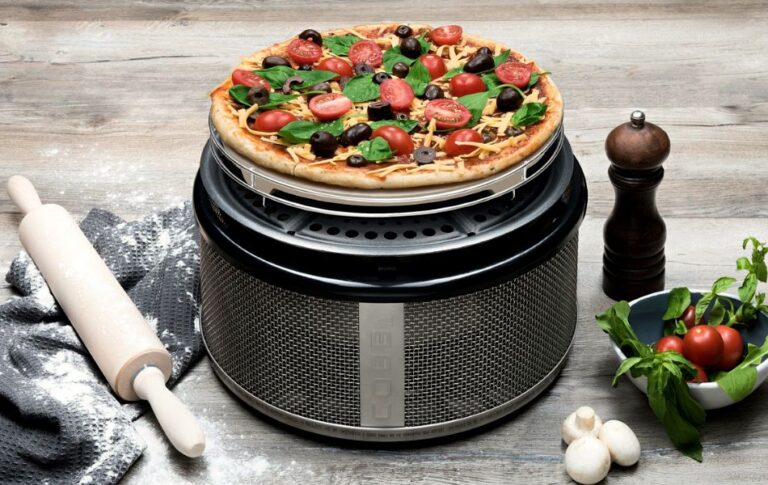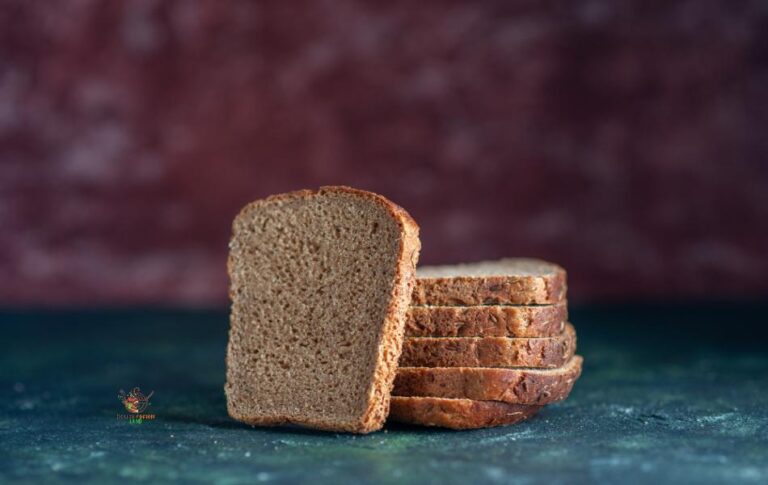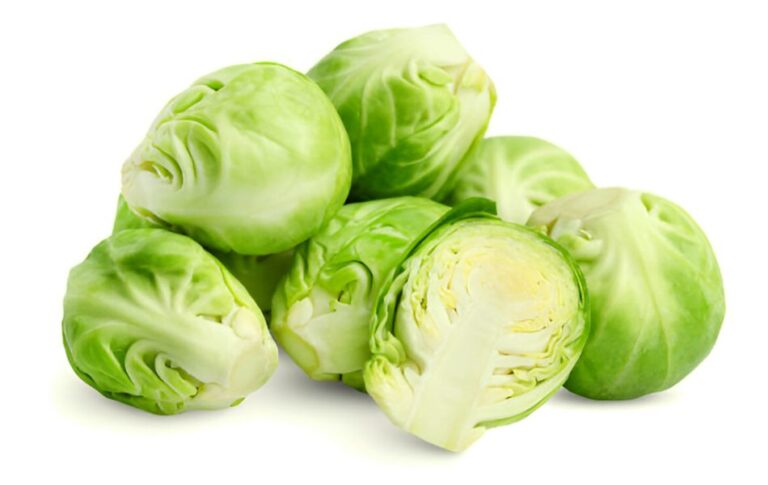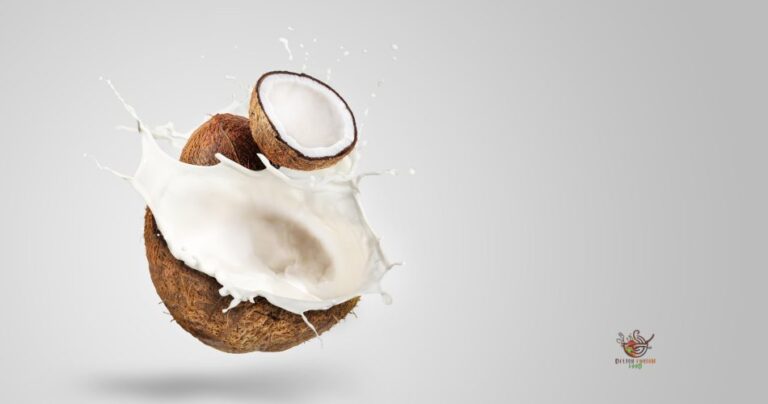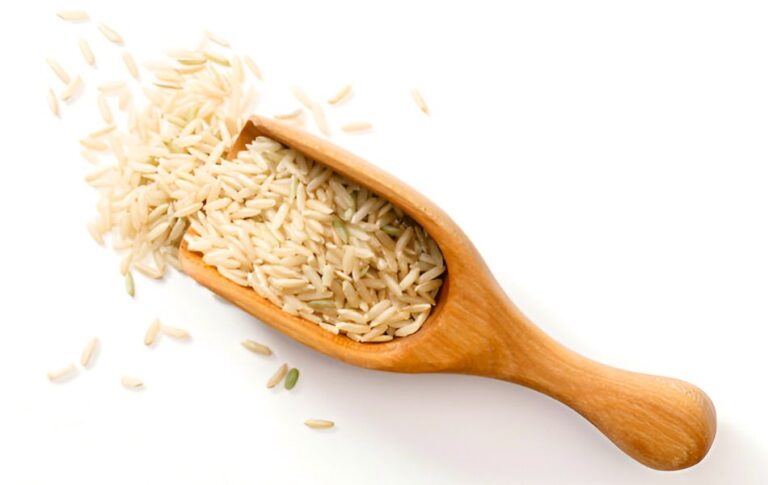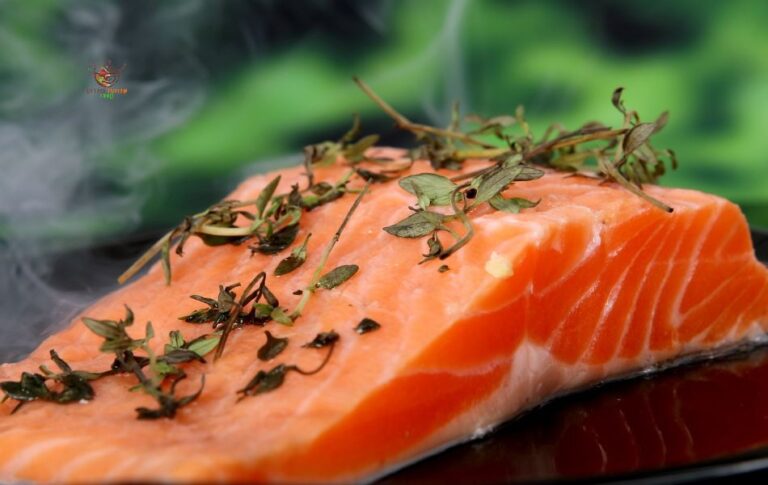Master Charcoal Cooking: Tips for Perfectly Grilled Meals
Charcoal grilling isn’t just about food – it’s about the full experience. The smoky smell, the sound of sizzling meat, and the bold taste all make it special. Whether you love BBQ or are just getting started, learning to use a charcoal grill can take your cooking to the next level.
This simple guide is full of tips to help you grill with confidence. From setting up your grill to keeping the right heat, we’ll show you how to enjoy the process and get great results every time.
Why Choose Charcoal Grilling?
Charcoal grilling gives your food a rich, smoky flavor that gas or electric grills can’t match. That’s why many BBQ fans love it. Charcoal also gets hotter, which helps create a tasty, seared crust on your food.
It might feel tricky at first, but once you learn the basics, charcoal grilling becomes a fun and rewarding way to cook.
Getting Started with Charcoal Cooking
1. Choose the Right Charcoal for the Job
To get great results with charcoal grilling, start by picking the right type of charcoal. There are two main kinds: briquettes and lump charcoal.
Briquettes: Briquettes are small, even pieces that burn at a steady rate. They’re easy to light and keep a steady heat, which makes them great for beginners. Just know – they can leave behind more ash.
Lump Charcoal: Lump Charcoal is made from real wood. It burns hotter and faster and adds a strong, smoky flavor to your food. It’s a bit harder to control, but many grilling pros love the taste.
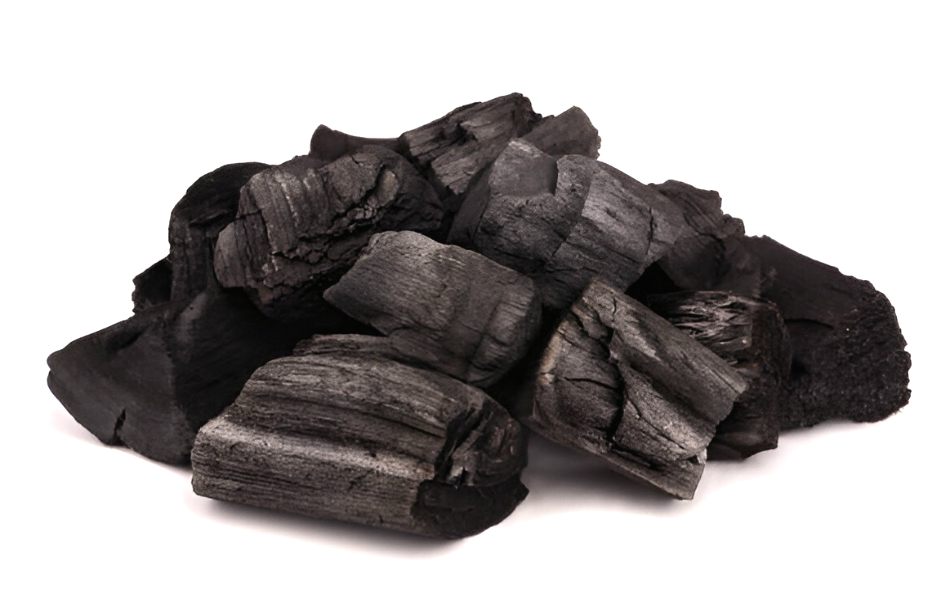
Tip: New to grilling? Start with briquettes for an easy, consistent burn. Craving rich, smoky flavor? Lump charcoal is the way to go!
2. Essential Tools for Charcoal Cooking
Investing in the right tools can make your grilling experience seamless and enjoyable. Here’s what to keep in your toolkit:
- Chimney Starter for easy, chemical-free charcoal lighting.
- Long Tongs to safely move hot coals or food.
- Temperature Gauge to monitor cooking heat.
- Charcoal Rake for arranging and managing coals.
- Grill Brush for keeping your grates clean.
- Heat-resistant Gloves for safe handling.
3. Preparing Your Grill
Preparing your grill properly is key to achieving that perfect BBQ result.
- Clean the Grates:
- Use a grill brush to scrape off leftover grease or food particles from prior use.
- Arrange the Coals:
- Place the charcoal in a chimney starter. Use newspaper as a fuel base, light it, and wait around 15-20 minutes until the coals are glowing red with a light layer of gray ash.
- Direct vs. Indirect Heat Setup:
- Direct Heat is perfect for foods like burgers, steaks, and vegetables that cook quickly.
- Indirect Heat is ideal for larger cuts like brisket or whole chicken. Create this by placing coals on one side of the grill and setting the food on the opposite side.
Mastering Charcoal Grilling Techniques
1. Proper Lighting Techniques
Lighting charcoal can seem tricky, but with the right method, it’s simple. Here are a few easy ways to get your charcoal going:

- Chimney Starter: This method is simple and widely used, load a chimney starter with charcoal, tuck some newspaper or fire starters beneath it, and ignite. In about 15 to 20 minutes, the coals should be hot and ready to use.
- Lighter Fluid: This method is fast, but it can leave a chemical taste. If you use lighter fluid, let the charcoal burn for a few minutes before you start cooking.
- Electric Charcoal Starter: This tool plugs in and heats the coals without chemicals. It takes about 10–15 minutes and is a clean, simple option.
Tip: For beginners, a chimney starter is your best bet. It lights the coals fast and helps them burn evenly.
2. Create the Perfect Heat Zone
Once your charcoal is lit, you need to arrange it properly to create different heat zones. This allows you to cook at varying temperatures, depending on what you’re grilling.
- Direct Heat Zone: Stack the charcoal on one side of the grill to create a high-heat area – perfect for getting a good sear on steaks, burgers, or veggies.
- Indirect Heat Zone: Spread the charcoal around the edges of the grill or bank it to one side. This zone is great for cooking larger cuts of meat or items that need longer cooking times, such as whole chickens or ribs.
Tip: For even heat distribution, use a two-zone setup with both direct and indirect heat.
3. Control the Temperature with Airflow
The temperature of your charcoal grill depends heavily on the airflow. Most grills come with vents at the bottom and top, which can be adjusted to control the oxygen flow and, in turn, the heat.
- Open the Bottom Vents: To increase the temperature, open the bottom vents to allow more oxygen to fuel the fire.
- Close the Top Vents: If you want to lower the temperature, close the top vents slightly to reduce the airflow.
Tip: Adjust the vents in small increments. It’s easier to cool down a grill than to heat it back up!
4. Flavoring with Wood Chips
Take your grilling game up a notch by adding wood chips for extra smoky flavor. Popular options include:
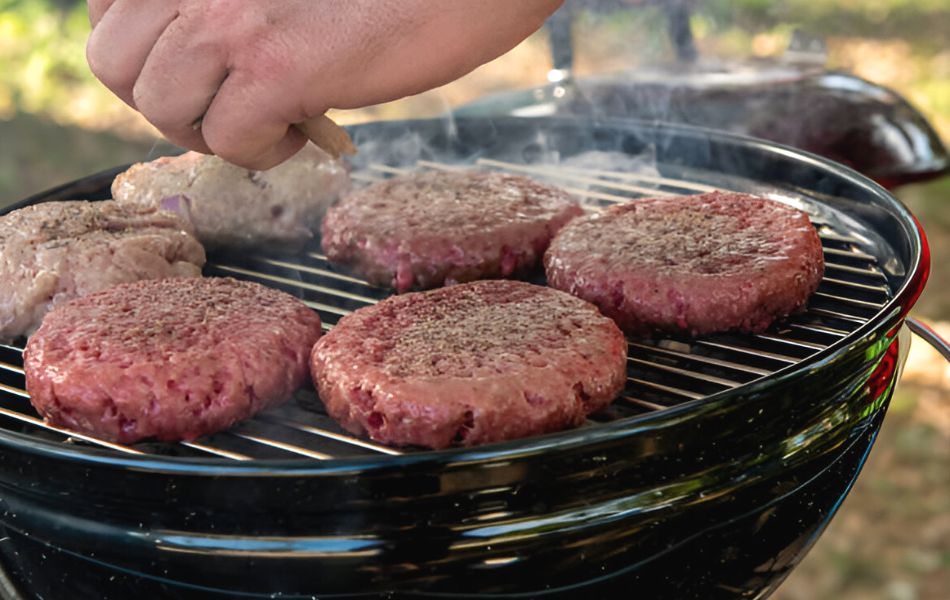
- Hickory for a strong, bold flavor (great for beef and pork).
- Applewood for a mild, slightly sweet aroma.
- Cherry for a fruity undertone (works well with poultry).
Simply soak the chips in water for 30 minutes, then place them directly on the hot coals.
5. Use a Meat Thermometer for Precision
Want perfectly cooked meat every time? Use a meat thermometer. Charcoal grilling can be tricky, and a thermometer makes it easy to get the right doneness.
Tip: Stick the thermometer into the thickest part of the meat. For steak, aim for 130°F if you like it medium-rare. For chicken, make sure it reaches 165°F to be safe.
6. Let Your Meat Rest Before Serving
Once your meat is done cooking, give it a few minutes to rest. This helps the juices settle evenly, resulting in a juicier and more flavorful bite.
Tip: Rest your steak, chicken, or any grilled meat for about 5-10 minutes before slicing. This enhances the overall texture and taste.
7. Practice Patience for the Best Results
Charcoal cooking takes time, and it’s essential to practice patience. Resist the urge to rush your grilling. Allow your charcoal to fully heat up, let the food cook slowly, and be mindful of temperature adjustments.
Tip: Plan your grilling in advance. Allow your grill to heat up for a minimum of 15 minutes before you start cooking, and check that the charcoal has reached the proper temperature.
Common Charcoal Grilling Mistakes to Avoid
Even seasoned grillers can slip up. Avoid these common mistakes to perfect your skills:
- Overloading the Grill: Don’t overcrowd your grill; leave space for air to circulate and for heat to cook food evenly.
- Lifting the Lid Too Often: Opening the lid repeatedly allows heat and smoke to escape, disrupting the cooking process.
- Skipping Preheat Time: Always preheat your grill for at least 10 minutes to ensure even cooking.
- Neglecting to Monitor Food: Food on a charcoal grill can burn quickly. Stay attentive and use a timer.
Essential Charcoal Cooking Tips for Beginners
To wrap up, here are a few tips anyone can follow:
- Bring your food to room temperature before grilling for even cooking.
- Always oil your grates before placing food to prevent sticking.
- Practice makes perfect! The more you grill, the better your instincts will become.
Bonus Tip: Want a deeper caramelization on your meat? Sprinkle a little sugar in your marinade or rub before grilling. It adds an irresistible touch!
See Also – 8 Brisket Cooking Tips Every BBQ Enthusiast Should Know
Create Smoky Magic with Charcoal Grilling
Charcoal grilling is as much an art as it is a skill. With the right setup, tools, and techniques, you’ll soon be serving meals that rival your favorite BBQ joint. Experiment with different coals, wood chips, and flavors to find your signature style. Just remember to have fun and enjoy the process.

